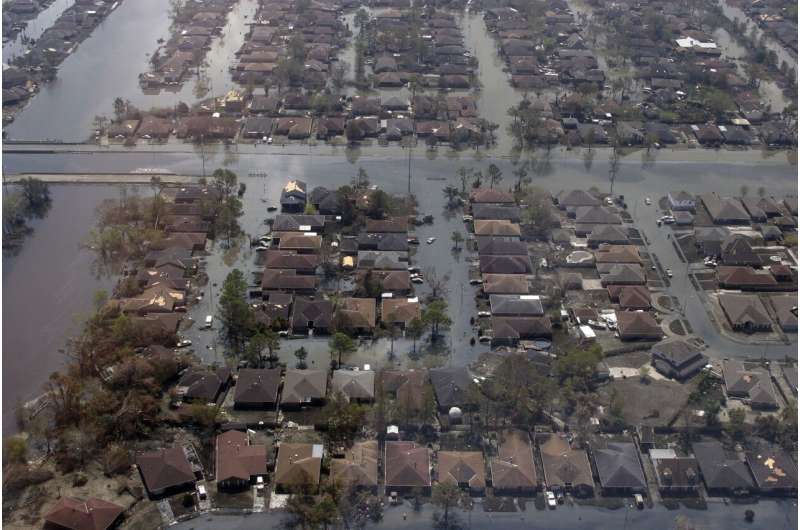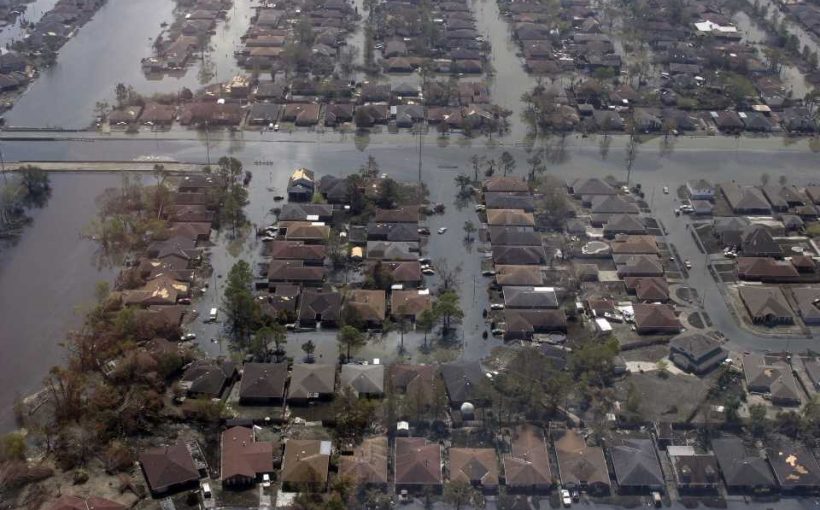
Disasters are disruptive to one’s state of normalcy, including daily routines, activities of daily living, employment, transportation, housing, and social relations. Disasters can take a serious toll on the mental health of individuals and their communities at large. There’s no doubt that seeing homes wiped away and city infrastructure in shambles right after a disaster would be devastating. However, at a year to 18 months after a disaster, things really get bad. Disasters don’t happen and then conclude; they are termed “disasters” because they have far-ranging and long-standing impacts on people’s lives.
In their book on disaster mental health, Schmidt and Cohen clearly delineate how both nature and human-caused catastrophes can lead to long-term depression, acute stress and post-traumatic stress disorder. Following a disaster, about 20% of the most vulnerable victims will acquire post-traumatic stress disorder within two months’ time if not properly assessed and treated by trauma-informed providers. This trauma will not go away on its own. Also, it is found that anxiety and depression worsened and the suicide rate climbed over the 20 months after the hurricane. What’s more, nearly 40% of the households that reported a need for mental health services were unable to get support, largely due to cost barriers.
Disaster response and recovery
The first few weeks after a disaster can be a time of emotional highs for a community. It includes a phase when people witness and perform rescues that inspire a sense of altruism. That’s followed by a phase during which an influx of assistance fosters optimism and bonding within a community. Then communities enter the new phase, a period of extreme emotional lows. Recovery workers have packed up and moved on and people feel abandoned. Many community members become physically exhausted and substance use disorders surface during this period and can last months or even years. And trigger events, like the anniversary of the disaster, can cause spikes of mental health problems.
Despite the increase of mental health problems, support services are often difficult to access. In some cases, the available mental health services may not be able to meet demand, especially after the crisis resources have dried up. Plus, the ongoing disaster recovery comes with challenges for people in need of emotional support that make it difficult to access services. The costs of therapy can be prohibitively expensive for people in normal times. That obstacle can be exacerbated during disaster recovery, when people may be experiencing disruptions at work and trying to come up with money to repair damage or even find a new home.
My recently published study in the Journal of American College Health shows that emergency preparedness plans should find ways to extend mental health services throughout the short and long-term recovery phase. Unfortunately, the ongoing shortage of mental health professionals, combined with increasingly extreme weather events, poses huge challenges to ramping up the support disaster survivors need. In addition to increasing funding and providers, response teams may need to get creative to bring mental health services where and when they’re most needed.
Gender and mental health
My study sheds additional light on the differences between females and males with depression and anxiety. Numerous studies find that females are considerably more susceptible than males to stressful situations. Research as early as the beginning of the 21st century defined the most vulnerable populations. Since then, it is regularly found that women are nearly twice as likely as men to be diagnosed with depression.
Some of this is due to hormonal changes, but these do not account totally for greater depression. Other biological factors, inherited traits, and personal circumstances and experiences are associated with a higher risk of emotional issues, including unequal status and power, work overload, and sexual harassment. Additional conditions often occur with this depression, such as eating disorders, and substance abuse.
Additionally, I found a statistically significant difference in the depression and anxiety levels based on gender, where males showed lower scores compared to females. Similarly, I found that males had lower odds of developing anxiety by 60% compared to females. The fact that those surveyed are from varying countries and cultures is of additional interest. Late statistics estimate 264 million people are affected by depression, which accounts for 10% of the entire non-fatal disease set worldwide. In addition, women and girls suffer considerably more from depression than men and boys. This gender difference represents a significant health discrepancy.
Although factors may cause some gender differentiation, it cannot be assumed that men are as free of depression as statistics show. Many boys are still raised to believe that crying is unacceptable and that men are not supposed to show their emotions. Many men, therefore, may ignore emotional concerns or not want to discuss them with others. Some men may also not recognize the symptoms of depression and anxiety when they occur. In addition, the stigma of mental health is far-reaching across the world for all genders.
The results of this differentiation are unfortunate, with more men than women likely to commit suicide. Regardless of the strategy used, providing short- and long-term mental health support is critical to helping disaster victims get back on their feet and heal from trauma. After all, climate change isn’t just an environmental concern—it’s a mental health issue, as well.
Conclusion
The biggest emotional toll of a disaster doesn’t usually come in the immediate aftermath—it happens many months later. Unfortunately, that’s often a time when mental health services can be unavailable or difficult to access, leaving victims with nowhere to turn for support.
As a result, communities see worsening rates of depression, anxiety, and suicides. Accordingly, disaster response plans must offer short as well as long-term mental health services. That can be challenging amid the ongoing shortage of therapists, but finding creative ways to provide support can help people access services when they most need them.
This story is part of Science X Dialog, where researchers can report findings from their published research articles. Visit this page for information about ScienceX Dialog and how to participate.
More information:
Amer Hamad Issa Abukhalaf et al, Evaluating the mental health of international students in the U.S. during the COVID-19 outbreak: The case of University of Florida, Journal of American College Health (2023). DOI: 10.1080/07448481.2023.2168547
Amer Hamad Issa Abukhalaf is a Ph.D. candidate and research assistant at the Florida Institute for Built Environment Resilience and a member of the Disasters, Trust, and Social Change Research Lab. He researches risk management and safety design with a focus on natural hazards, built environment, crisis management, and emergency planning. Abukhalaf is also a civil engineer and a structural designer by practice and has a master’s in executive management from Ashland University in Ohio. He is a member of the Hazard Mitigation and Disaster Recovery Planning Division at the American Planning Association and a Project Management Institute Certified Practitioner. In addition, Abukhalaf is a University of Florida registered hurricane expert and a University of Florida Outstanding Merit Award receiver for 2021. He has authored 23 peer-reviewed published papers in top journals in related fields, including the International Journal of Disaster Risk Reduction, Disaster Prevention and Management, and Natural Hazards.
Journal information:
Journal of American College Health
Source: Read Full Article
